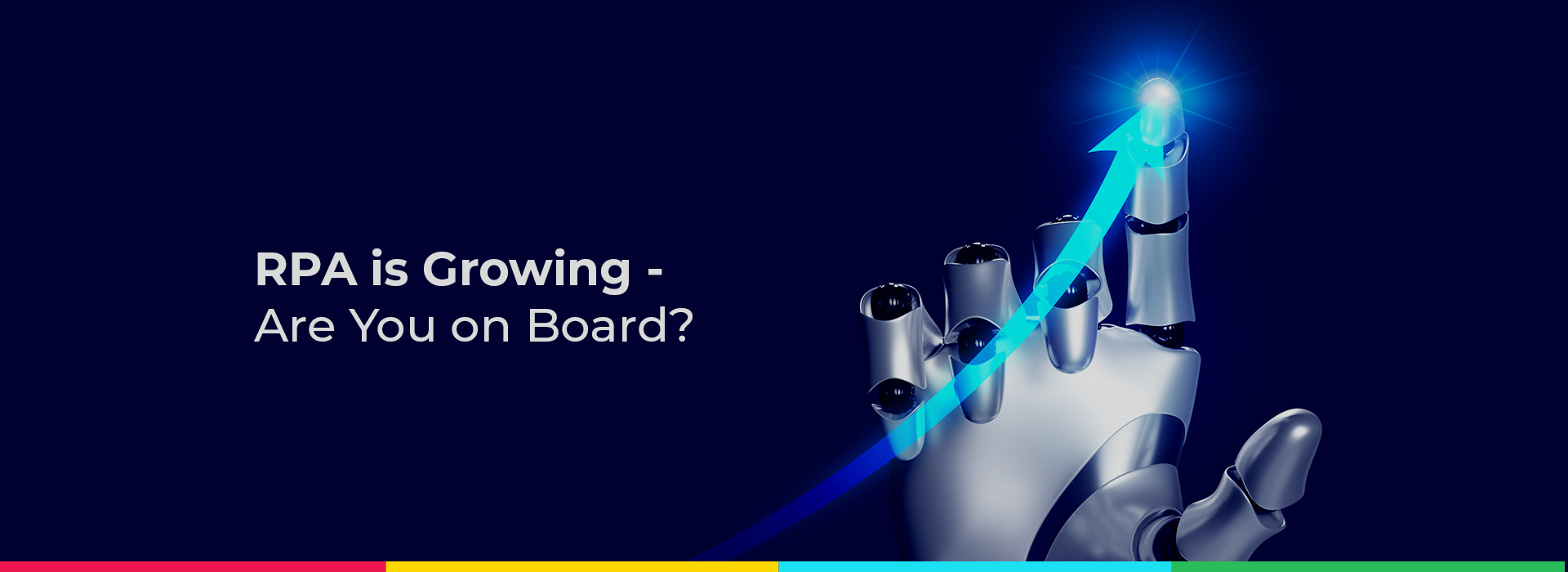
Blog
How to Measure Chatbot ROI
Computerized tools capable of interacting with humans, such as chatbots and virtual assistants powered by artificial intelligence (AI), are not only fun and useful to play with, but they can also be a cost-effective means of managing customer interactions and other tasks for businesses. Chatbots are particularly well-positioned to boost customer service an area of critical focus for most companies. Forrester indicates that “63% of customers will leave a company after just one poor experience, and almost two-thirds will no longer wait more than 2 minutes for assistance.”
Businesses, of course, are laser-focused on getting a return on their investments-including tech investments. So how can a business tell whether the investment they’ve made in this novel technology is paying off?
There are a variety of metrics that could be used to help gauge return on investment (ROI).
Defining Chatbots
First, it’s important to be clear on what we mean by chatbot. Most people have a solid general understanding of what a chatbot is and what it is not. At its most basic, a chatbot is a computer application that is programmed to simulate a human-like conversation with an actual human. This might involve text conversations, voice conversations, or both.
A chatbot doesn’t, necessarily, involve any artificial intelligence. In fact, it often does not. These non-AI chatbots are called “rules-based” chatbots and are distinguished from AI-driven chatbots which do utilize true artificial intelligence. A rules-based chatbot is pre-programmed with certain responses based on expected prompts, whereas an AI-driven chatbot is powered through technology like natural language processing and machine learning that allow the actual interpretation and understanding of what humans are trying to ask or say.
Components of Chatbot ROI
Like any return-on-investment analysis, businesses need to know both the cost and revenue involved in their chatbot investments. The cost is generally straightforward, including the cost of building or purchasing the chatbot software; but it could include other factors like ongoing maintenance, security, upgrades, and integration with other systems – for example, a chatbot that can pull data from a customer’s payment history.
The revenue side is trickier. A chatbot isn’t typically selling goods or services to a customer. In other words, it isn’t generally generating revenue on its own. Instead, its value comes from cost savings and (hopefully) an improved customer-engaged experience.
On the cost savings side, a chatbot system might be able to take the place of multiple human employees in a call center. While a chatbot wouldn’t be capable of having a fully-human conversation with a customer and wouldn’t necessarily be able to address all of the questions and understand all of the nuances of a customer inquiry, it can handle the low-hanging fruit that often makes up a significant proportion of customer inquiries: “How do I reset my password?”; “Where can I see my account balance?” ; “What time do you close today?”; “Is your bank compliant with XYZ regulation?”; etc. Addressing these high-volume, low-complexity questions can reduce staffing needs and allow staff to focus on more complex and personal customer relationship tasks.
Customer Engagement KPIs for Chatbots
Identifying an improved customer experience as part of the ROI for chatbots is one thing; measuring that improvement is another. A best practice is to develop key performance indicators (KPIs) to help quantify whether and to what extent chatbots are impacting the overall customer experience and customer engagement. These KPIs might include:
Chatbot Volume
Volume is simply a measure of how many people are utilizing a chatbot. Low volume for the chatbots could mean that they aren’t particularly useful to customers or that there is a lack of awareness. This might suggest the need to communicate more broadly and frequently about how customers can interact with the organization using this technology. Keep in mind, of course, that when communicating with customers the focus should be on the interaction, in general, and not on the fact that they’re interacting with chatbot technology!
Repeat Traffic
How many people come back to use the chatbot after their initial experience? If this percentage is low, that’s a sign that customers aren’t finding the chatbots useful or user-friendly. Gathering information from consumers about their experiences can yield some insights into potential opportunities for improvement.
Length of Interaction
How much time do users interact with the chatbot? This KPI is a bit tricky and might require further analysis to determine whether a lengthy conversation is a sign of a positive or negative interaction. A short interaction could mean the chatbot quickly and succinctly answered the customer’s question; or it could mean the customer got frustrated and left. Similarly, a long interaction could mean a customer was comfortable interacting with the chatbot; or it could mean the chatbot was ineffective and inefficient at getting a useful answer to the customer, and the customer had to spend a lot of time getting the information they needed.
Satisfaction Score
A satisfaction score can be computed using a survey at the end of the user-chatbot interaction. The upside of satisfaction surveys is that they get input straight from the user, as opposed to gleaning satisfaction based on ancillary KPIs like those mentioned above. The downside – as with any survey – is that not everyone takes the time to answer them. Results tend to be skewed towards those who were very satisfied and very unsatisfied because those are the people most likely to leave a response.
That’s truly just the tip of the iceberg. There are a wide range of other metrics you might focus on depending on your unique business-and customer service-needs.
As you can see there are a variety of ways that you might establish KPIs to help measure the effectiveness of your chatbot applications. Note that these KPIs may be very similar to-or the same as-KPIs you use to measure the effectiveness of your human agents.
Chatbots are becoming increasingly advanced with greater and greater functionality. These and related tools may incorporate artificial intelligence, including natural language processing and machine learning, and they may also be able to interface with other company systems. Chatbots hold some clear promise for cost efficiencies while maintaining customer service and satisfaction.
For companies looking to add chatbots to their teams, it’s useful to have an idea at the outset of how to measure their effectiveness and what their ROI is based on the associated spend. The KPIs above can be a good starting point to begin tracking the ROI behind your chatbot technology investments.
Trust NITCO with Your AI Development and Implementation
Your business has complicated processes that can be streamlined using Artificial Intelligence, but not all AI systems are created equal. NITCO is a technology services company with skilled resources for custom Artificial Intelligence Chatbot development solutions and as a reseller of AI Chatbot platforms that can simply help your needs and engage your customers.




 US Headquarters
US Headquarters India office, Hyderabad
India office, Hyderabad